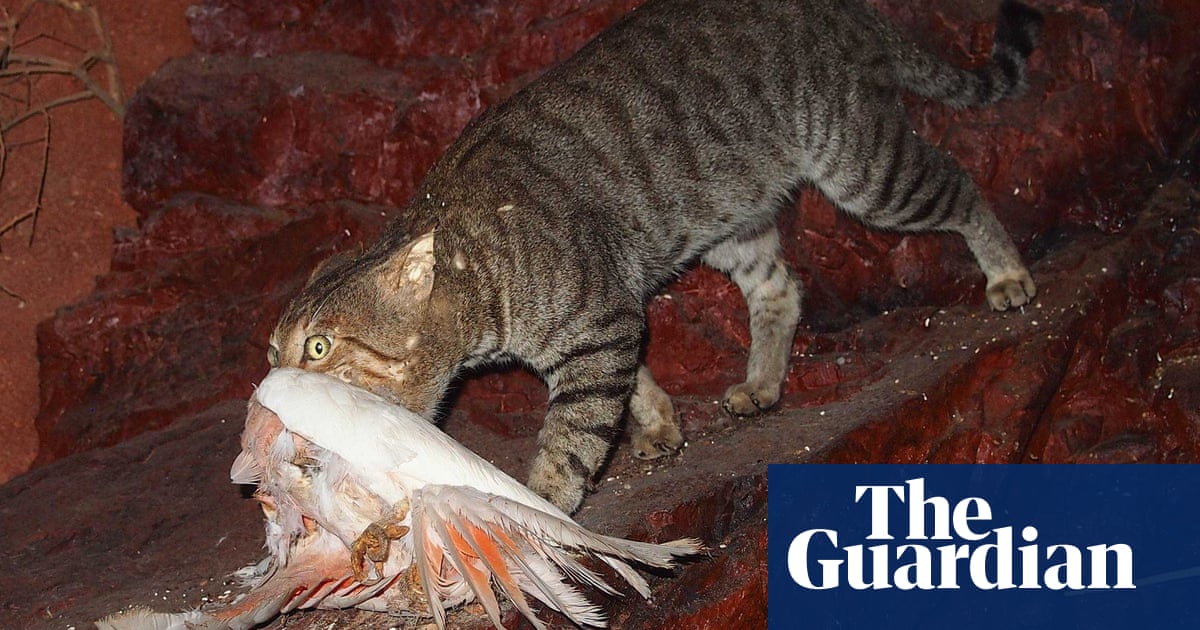A five-person team of expert shooters will soon target feral cats in New South Wales national parks as the state steps up efforts to control the pests.
The intensive ground operation is being deployed in response to increased numbers of cats, according to National Parks and Wildlife Service Deputy Secretary Atticus Fleming.
“Intensive, well-targeted land-shooting operations will now be part of an improved strategy, including trials of cat baiting, deployment of innovative cat traps, establishment of large feral cat-free areas and exploration of genetic controls,” he said in a statement.
Jack Gough, advocacy director at the Invasive Species Council, welcomed the “modest investment” in improved feral cat management. He said he hoped it would involve long-term funding for the posts and be part of a wider plan to control both feral and stray pet cats.
“Every day 5 million native mammals, birds, reptiles and frogs are killed by feral and stray pet cats in Australia,” he said.
“Feral cats have driven at least 25 of our native species to extinction since they were introduced by Europeans over 200 years ago,” Gough said. “Large numbers of our native species are at direct risk of extinction due to the effects of feral cats and because they are such effective hunters and killers.”
Populations of feral cats, deer, pigs and invasive weeds often increased in response to rainfall and seasonal conditions, Gough explained.
Feral cats “breed very quickly,” he said. “We’ve had a couple of really good seasons in terms of rainfall and that means forage levels, prey levels, have gone up.”
“It is not unexpected that the numbers [of feral cats] has increased. And as the numbers increase, so does the pressure on our native species.”
In September, the federal government announced funding for 55 feral cat control projects and said it would release an updated national threat control plan later this year.
Curbing the problem would require significant ongoing efforts and funding from both national and state governments, Gough said, as well as the full range of tools, including ground shooting, trapping, baiting and new artificial intelligence tools.
after newsletter promotion
“On top of this, we really need Premier Minns to move forward on the issue of bringing clear rules on cat confinement,” he said. This would bring NSW in line with the majority of other states, allowing councils to stop “roaming pets killing our neighborhood wildlife and sending our suburbs quiet”.
Some animal rights groups have opposed the use of lethal control methods for non-native species.
The Animal Justice Party said that while it recognized the environmental impact of non-native species, including cats, it objected to the term “feral” and supported research and policy that focused on non-lethal methods of control.
It advocated “responsible animal guardianship,” which includes keeping companion animals safe in their homes to prevent accidental breeding and abandonment.
In the Australian Capital Territory, all cats born after July 2022 must be contained to a person’s premises, with several suburbs declared cat containment areas for conservation reasons – meaning no cat of any age can roam any further.
